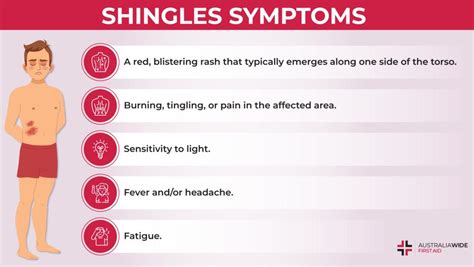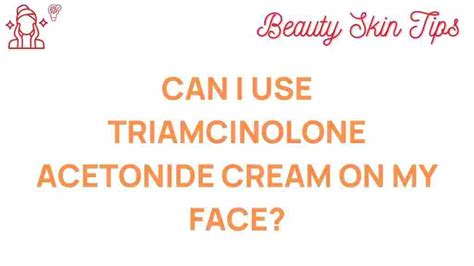The phenomenon of shingles in kids, although less common than in adults, poses a significant concern for parents and healthcare professionals alike. Shingles, or herpes zoster, is a viral infection caused by the varicella-zoster virus, which is the same virus responsible for chickenpox. After an individual has chickenpox, the virus can lie dormant in the body and reactivate years later, leading to shingles. While it’s more frequently seen in older adults, it can also affect children, especially those with weakened immune systems.
Understanding the Symptoms
Identifying the symptoms of shingles in kids is crucial for early diagnosis and treatment. The symptoms can vary but typically include:
- Pain or Tingling: Often, the first symptom is a burning, tingling, or numbness sensation on one side of the body. This can occur days before the rash appears.
- Rash: A red rash then develops, usually in a strip or band on one side of the body. This rash can be extremely painful and itchy. The rash typically evolves through several stages, including small bumps, blisters, and finally, scabs.
- Fever and Headache: Some children might also experience a fever or headache, although these symptoms are less common.
- Swollen Lymph Nodes: Lymph nodes near the area of the rash can become swollen, indicating the body’s immune response to the infection.
Causes and Risk Factors in Children
Children who have had chickenpox are at risk of developing shingles later in life, although the likelihood is low. Certain factors increase the risk of shingles in kids, including:
- Weakened Immune System: Children with conditions that weaken their immune system, such as cancer, HIV/AIDS, or those taking immunosuppressive drugs, are more susceptible to shingles.
- Previous Infection with Varicella-Zoster: The virus remains dormant in the nerve cells and can reactivate. Although rare, children can develop shingles if the virus reactivates.
- Stress: Physical or emotional stress can potentially trigger the reactivation of the varicella-zoster virus.
Diagnosing Shingles in Children
Diagnosis is primarily based on the appearance of the rash and the child’s medical history. In some cases, a healthcare provider may perform a physical examination and take a thorough medical history to rule out other conditions. Laboratory tests, such as a PCR (polymerase chain reaction) test to detect the virus’s genetic material, can also be conducted to confirm the diagnosis.
Treatment Options
While there is no cure for shingles, antiviral medications can help reduce the severity and duration of the symptoms if started early. These medications include:
- Acyclovir: Often prescribed for children with shingles.
- Valacyclovir: Another antiviral drug that can be used.
- Pain Relief: Over-the-counter pain medications can help manage pain and discomfort.
- Calamine Lotion or Cool Wet Compresses: These can help alleviate itching and discomfort associated with the rash.
Preventive Measures
Preventing shingles in kids starts with preventing chickenpox, as the virus causing chickenpox is the same one that can reactivate and cause shingles. The varicella vaccine is effective in preventing chickenpox and, consequently, reducing the risk of shingles later in life.
Lifestyle Adjustments
Children diagnosed with shingles should avoid contact with individuals who have not had chickenpox or the chickenpox vaccine, especially pregnant women, newborns, and individuals with weakened immune systems, as they can spread the varicella-zoster virus to these high-risk groups.
Conclusion
Shingles in kids, although rare, requires immediate attention and treatment to prevent complications and promote recovery. Recognizing the symptoms and seeking medical care early can significantly impact the outcome. By understanding the causes, risks, and treatment options, parents and caregivers can better support children dealing with this condition, ensuring they receive the care needed to recover fully and minimize the risk of long-term effects.
It's crucial for parents to be vigilant about the health of their children, especially if they have had chickenpox. Monitoring for symptoms of shingles and maintaining open communication with healthcare providers can lead to earlier diagnosis and more effective management of the condition.
Frequently Asked Questions
Can children get shingles more than once?
+Although it's rare for anyone to get shingles more than once, it's not impossible. Children with weakened immune systems are at a higher risk of recurrent shingles episodes.
How can I prevent my child from getting shingles?
+The most effective way to prevent shingles in children is by ensuring they receive the varicella vaccine, which protects against chickenpox. Maintaining a healthy lifestyle, reducing stress, and ensuring your child's immune system remains strong can also help.
What are the long-term effects of shingles in children?
+Most children recover fully from shingles without any long-term effects. However, in rare cases, complications such as postherpetic neuralgia (persistent pain after the rash has healed) can occur. Prompt medical treatment can reduce the risk of such complications.
By understanding the nuances of shingles in kids, from symptoms and diagnosis to treatment and prevention, parents and healthcare professionals can work together to ensure that children receive the best possible care, minimizing the impact of this condition and promoting overall well-being.


